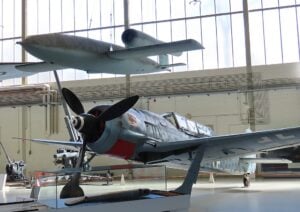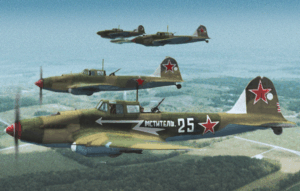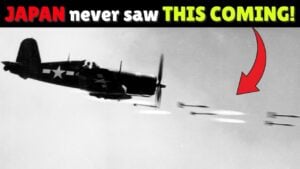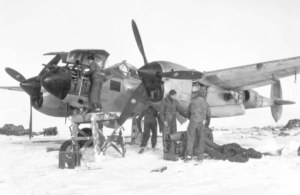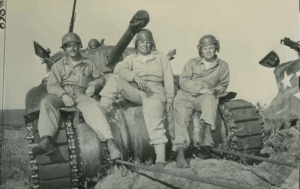The Day the USS Iowa Proved You Don’t Need Planes to Win a Sea Battle
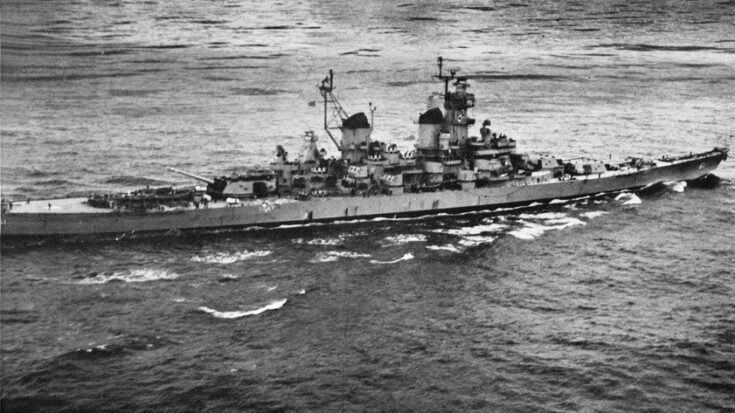
U.S. Navy, Public domain, via Wikimedia Commons
A Battleship Built for Strength and Speed
When the USS Iowa was launched in 1942, it represented a new idea in naval warfare. While aircraft carriers were beginning to dominate the oceans, the Iowa-class battleships were built to prove that heavy armor and massive firepower could still decide the outcome of a fight. Designed to move faster than any battleship before it, Iowa could reach more than 33 knots—an impressive speed for a ship carrying nine 16-inch guns capable of firing shells over 20 miles.
The ship joined the Pacific Fleet during the height of the Second World War, serving as a fast escort for carriers and later as a powerful surface combatant in its own right. Her crew trained endlessly for gunnery precision, radar control, and ship coordination—skills that would soon be tested in real combat.
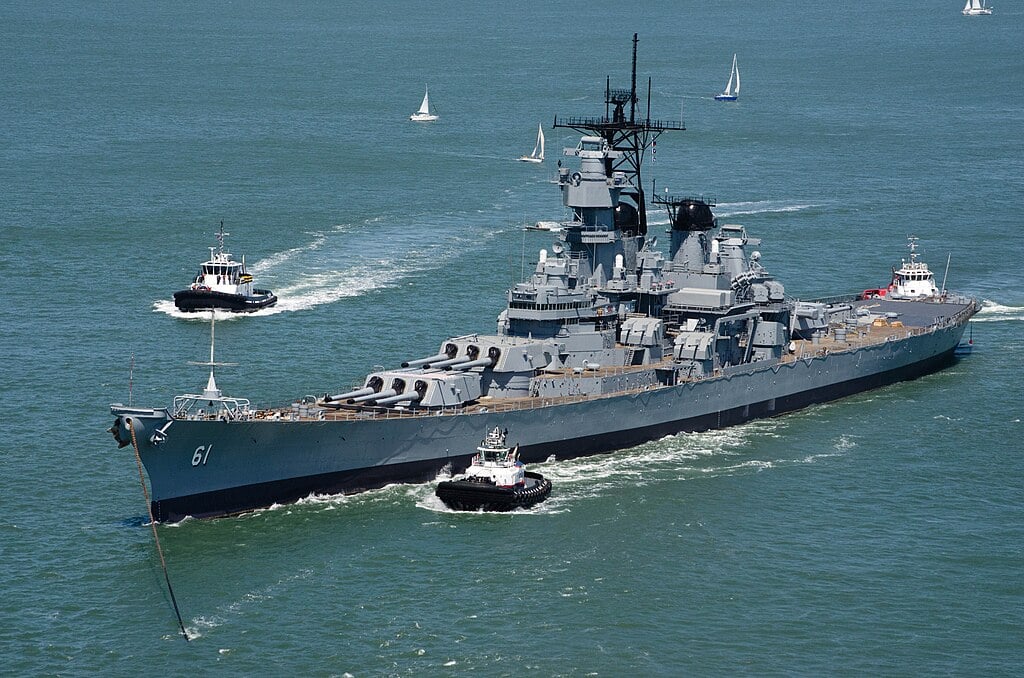
The Test of Battle in the Pacific
By 1944, the Iowa was operating in the Pacific theater, where the war had turned into a contest for control of the seas. In one engagement, her radar operators detected an approaching group of enemy ships long before they could be seen on the horizon. With air support unavailable due to poor weather and distance from the carriers, Iowa’s crew prepared to fight using their own weapons alone.
As the first salvos thundered across the ocean, the ship’s fire control computers worked in perfect synchronization with radar tracking. The 16-inch shells created towering columns of water that bracketed the enemy vessels, forcing them into evasive maneuvers. Even without direct air support, Iowa’s guns dominated the scene, hitting targets at extreme range and forcing the enemy to retreat under heavy bombardment.
Engineering and Human Skill at Sea
The success of Iowa in this engagement was not only due to technology but to the human skill behind it. Every shell required a coordinated team effort—hundreds of sailors working in rhythm from the magazines deep within the hull to the gunners on deck. The ship’s engineers kept her turbines at maximum output, ensuring the vessel could maneuver rapidly while maintaining a steady firing platform.
The precision of the Iowa’s radar-guided gunnery was especially important in poor visibility, where visual targeting was impossible. For many crew members, this battle proved that the age of the battleship was not over yet. Against all odds, a single warship had managed to dominate a wide expanse of sea without the help of aircraft—a rare accomplishment by the mid-1940s.
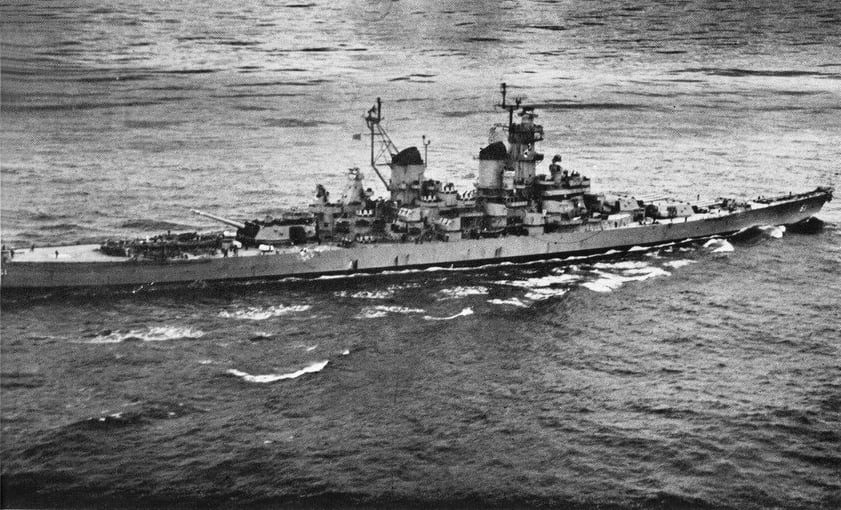
Legacy of the “Big Stick”
Following her success in the Pacific, the USS Iowa earned a reputation as a ship that combined old-fashioned toughness with modern innovation. Her presence was both a weapon and a statement: even as naval strategy shifted toward carrier warfare, the Iowa showed that battleships could still project decisive power when handled by skilled crews.
After the war, the Iowa continued to serve through multiple decades, adapting to new technologies and missions—from training and deterrence to showing the flag in Cold War operations. Her steel decks and towering guns became symbols of an era when naval warfare still depended on precision, courage, and the will to fight even without the support of the skies above.













